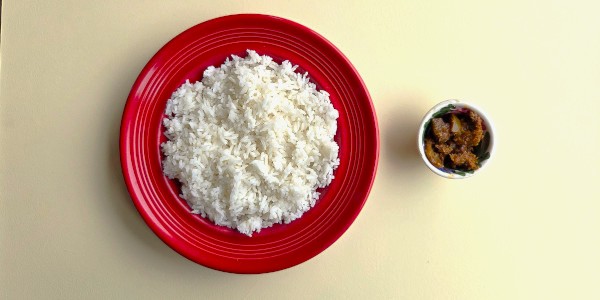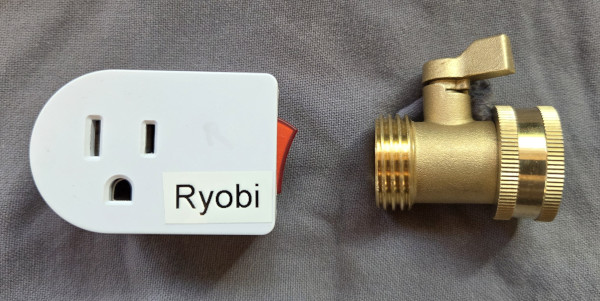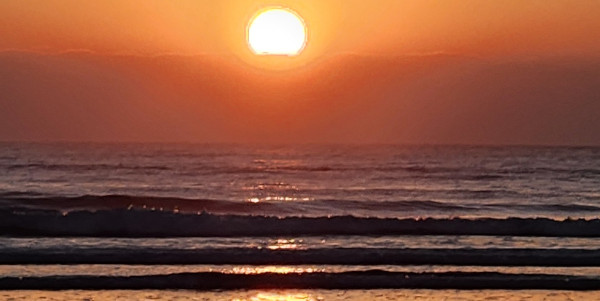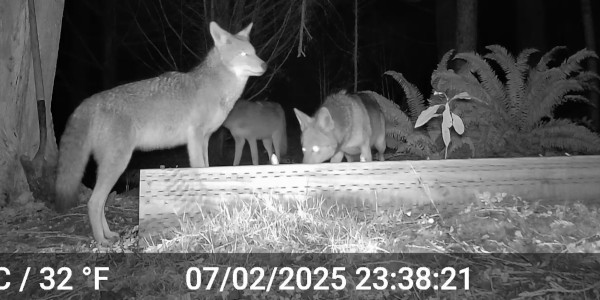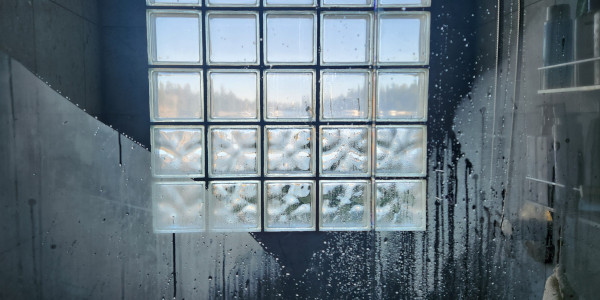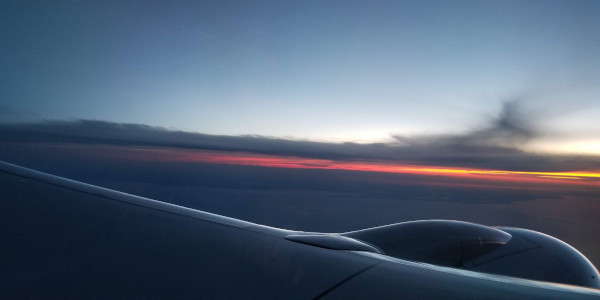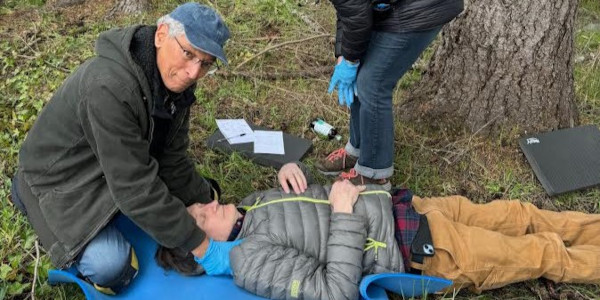How to cook rice
According to Nagi Maehashi’s recipe website, you should never soak, or even rinse, basmati rice before cooking because doing so “makes it waterlogged and makes a mushy rice problem”. And use a rice-to-water ratio of 1:1.5—more water makes the mushy rice problem even worse. Finally, “do not fluff with fork since this will break the long grains”.
On the other hand, Suzy Karadsheh’s website says, “Rinse basmati rice very well before cooking. This will help remove starch from the surface of the grains, which is what makes the rice sticky and gummy.” After cooking is complete, “fluff the rice with a fork and enjoy!”
And the BBC cooking website goes even further than Suzy in challenging Nagi Maehashi. It says that not only is it essential to soak basmati rice for at least 30 minutes prior to rinsing, but to use a rice-to-water ratio of 1:2. And it agrees with Suzy that the rice should be fluffed with a fork. All three websites say that following their recipe is key to producing a tender, non-mushy product.
So here we have directly conflicting instructions on how to make a perfect pot of rice. To soak or not to soak? To rinse or not to rinse? To fluff or not to fluff? What’s a poor cook to do?
This recipe discrepancy is, of course, just one example of the contradictory advice we’re offered every day:
• Ice a sprain. No!–not a good idea. Icing decreases blood flow, which retards healing.
• Rinse dishes before putting them in the dishwasher. No!–they get cleaner if you don’t rinse them since the dishwasher detergent is activated by food residue.
• Wait at least half an hour after eating before swimming. No!–at least an hour. No!–that’s an old spouse’s tale. It’s totally fine to go into the water right after a meal.
• Stretching before working out prevents injuries. No!–stretching before exercise in fact increases the chance of injury; you should stretch after the workout is completed.
• Take a shower first thing in the morning to set yourself up for the day. No!–it’s really better to shower before you go to bed so that you deposit less skin debris and bacteria on the sheets.
• Paint the wall before you paint the trim. No!–it’s absolutely better to paint the trim first.
• Floss before you brush. Actually no–Good oral hygiene requires flossing after brushing.
• Drink at least eight glasses of water a day. No!–drinking that much water is unnecessary, and can have deleterious side-effects.
What are we to make of such discordant advice? Each recommendation seems authoritative. But is it really based on credible evidence? Or is the person offering their wisdom simply carrying forward what they were taught by their grandmother?
What we are told sticks. As the Nobel prize-winning psychologist Daniel Kahneman said, “A reliable way to make people believe in falsehoods is frequent repetition, because familiarity is not easily distinguished from truth.” So the more we hear a piece of advice, whether actually true or not, the more we’re apt to heed it.
To cite an example, despite what we were all taught about the dangers of swimming on a full stomach, there are no documented cases of anyone drowning as a result of entering the water immediately after eating. Even the conservative Mayo clinic says that there’s no need to wait after a meal. Yet, because this belief has been so widely repeated, I suspect that after hearing the facts even the most rational parent might feel a little queasy telling Jimmy that it’s fine to hit the waves right after the picnic lunch.
Of course it’s not harmful to require a respite before swimming, except for having to deal with postprandial pediatric impatience. And in most cases, it probably doesn’t much matter whether we consciously drink lots of water, or not so much. And it seems unlikely that there would be serious hygienic consequences from showering at a suboptimal time of day.
But maybe, for at least some things, it actually does matter. I really do want to know how best to treat a sprain so my recovery will be as quick as possible. And in my view, there’s no doubt that following the admonitions of anti-vaxxers could have harmful consequences.
So if we really want to know which advice is best, what can we do? In most cases, not much. Even though a great deal of my professional life has been devoted to designing randomized clinical trials to determine whether one treatment is better than another, I’m unlikely to floss before brushing for six months, ask my dentist to rate my oral hygiene, then reverse the procedure for the next six months. And I’m certainly not going to intentionally sprain both ankles, ice one and not the other, and compare outcomes.
There’s little motivation to change longstanding ways of doing things. I’ve always painted the walls before the trim—if it wasn’t my grandmother who told me that this was the right sequence, I guess someone else must have. But I recently read on a seemingly authoritative painting website that it’s actually best to do the trim first. So will I try it when I paint the small bedroom next week? I doubt it.
We simply have to accept that we can’t live all aspects of our lives optimally. Figuring out how to do that would be too costly. And anyway, in most cases we probably wouldn’t gain enough to make the effort worthwhile.
So what about the basmati? Well for no particular reason I borrowed from each of the recipes. I rinsed the rice, but didn’t soak it. My rice:water ratio was 1:1.5, And after cooking I didn’t fluff it. How’d it turn out? It was just fine. Would it have been even better if I hadn’t rinsed it, or if I’d soaked it for 30 minutes, or added more water, or fork-fluffed? Could be. But next time I’ll probably make it just the same way.

